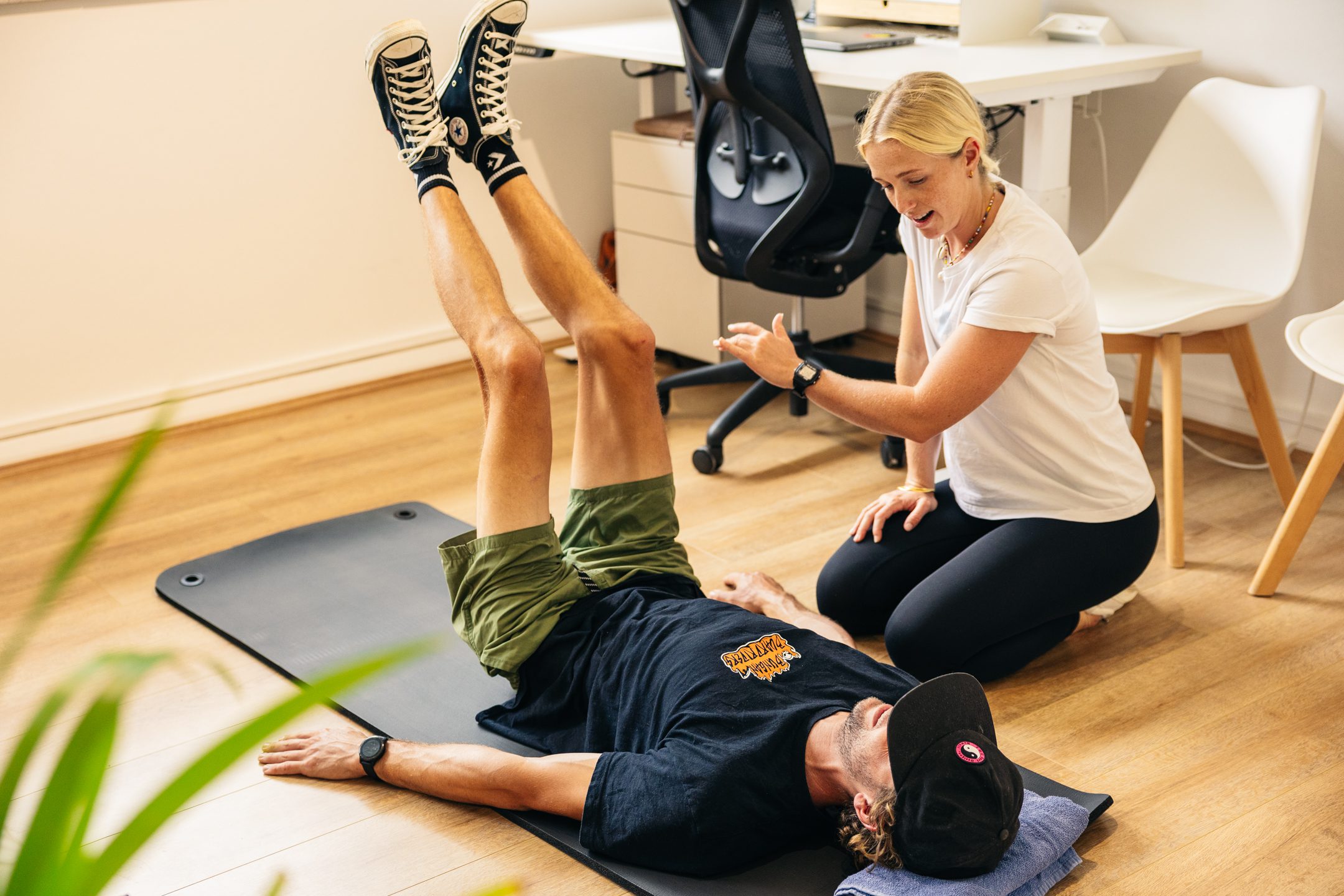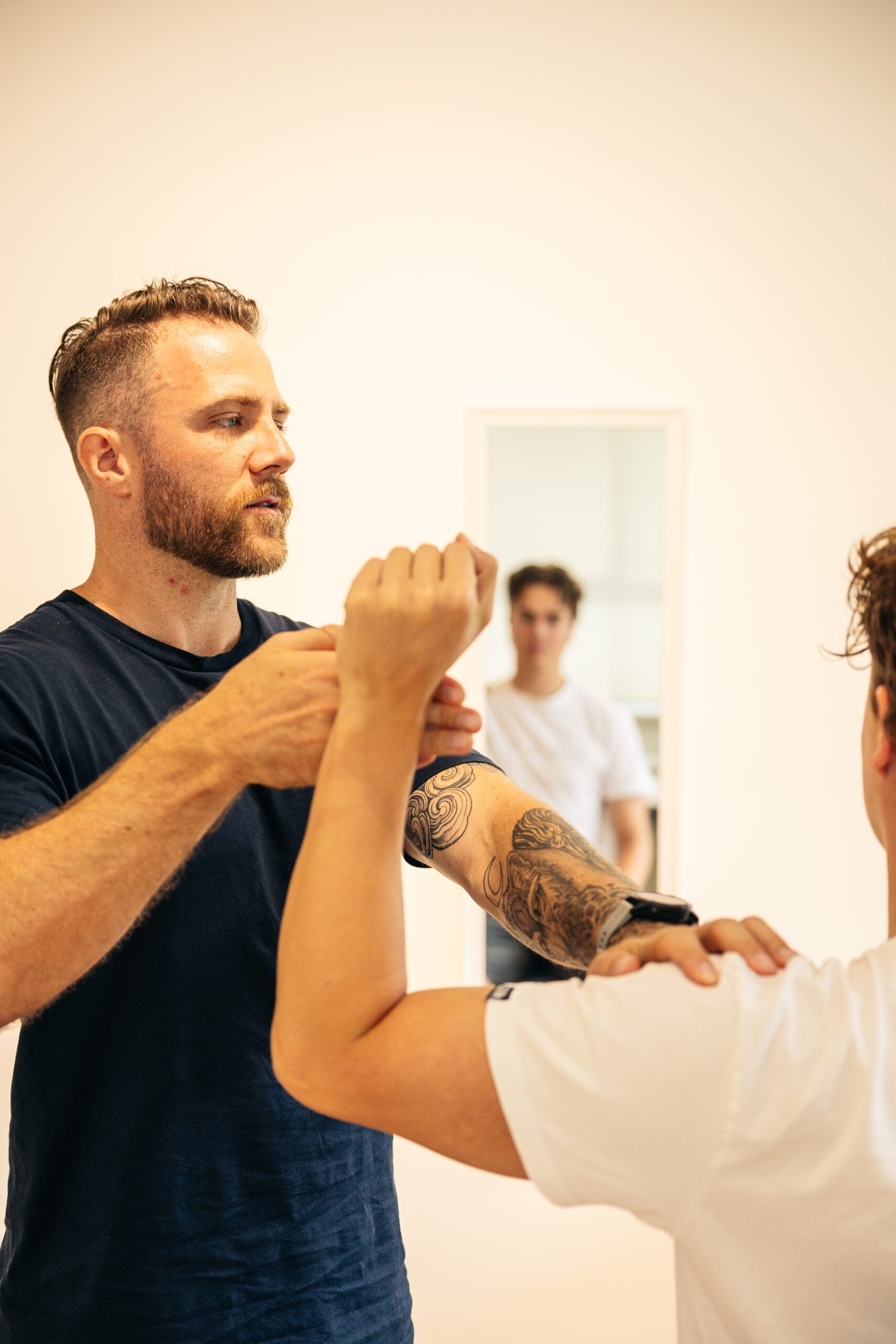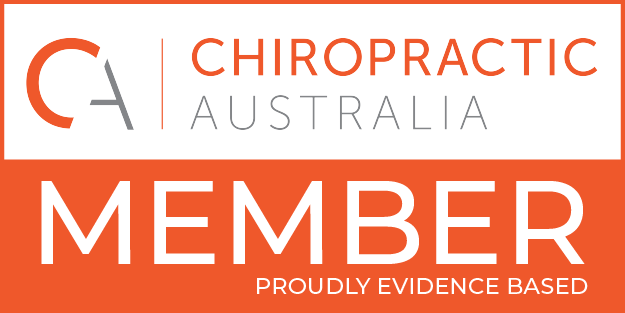Dr Jess Milsom
Instinctively most of us want to rest after injuring ourselves. While this seems logical, it’s not always the best decision. The acronym taught to us by all first aid courses is RICER. Rest, ice, compression, and elevation (and referral) will help to reduce inflammation in the first 24 – 48 hours of injury. However, once the inflammatory process begins to settle returning to some modified activity will help to reduce the likelihood that this pain will become long-term.
Prolonged rest – around two to three weeks following the initial injury – may have little effect on pain levels or worsen your pain. This is especially true for low back pain and soft tissue injuries. When we rest for too long, our muscles, parts of the nervous system, and the cardiovascular system begin to decondition. This means you can’t tolerate activities in the same way you used to. Think about how you feel going back to the gym after a long holiday, or after being sick, it’s never as easy as you remember. There’s a growing body of research that points to exercise as an effective form of pain relief, in fact, progressive movement and load should be prescribed for most injuries. This is why instead of the acronym RICER, there is a move towards a new acronym: PEACE and LOVE.
Protection – Avoid activities and movements that increase pain within the first few days after injury.
Elevation – Elevate the injured limb higher than the heart (if possible).
Avoid anti-inflammatories – These can reduce tissue healing.
Compression – Use an elastic bandage or tape over the injured site.
Education – Understand the best treatment methods and the benefits of being active during recovery.
&
Load – Let pain guide your gradual return to activity.
Optimism – Condition your brain for the best recovery.
Vascularisation – Choose pain-free activities that increase the blood flow to the repairing injury.
Exercise – Restore strength, mobility and proprioception by including exercise in your recovery.
Research suggests that exercise can help to reduce pain intensity and frequency and improve mood. In fact, some research points to exercise being as effective as painkillers through the release of endogenous opioids i.e., endorphins. These are molecules are produced naturally by the body from our brain. It’s thought that these endorphins create an ‘exercise-induced euphoria’ and reduce our pain perception. The great thing is that it doesn’t come with the negative side effects which can be associated with painkillers.
The best type of exercise will be dependent on what you enjoy most and what you’re most likely to do. Working alongside a health practitioner will ensure you return to exercise activities safely and gradually. Returning to exercise at pre-injury levels may aggravate the injury and a graded response will always be the best approach.







